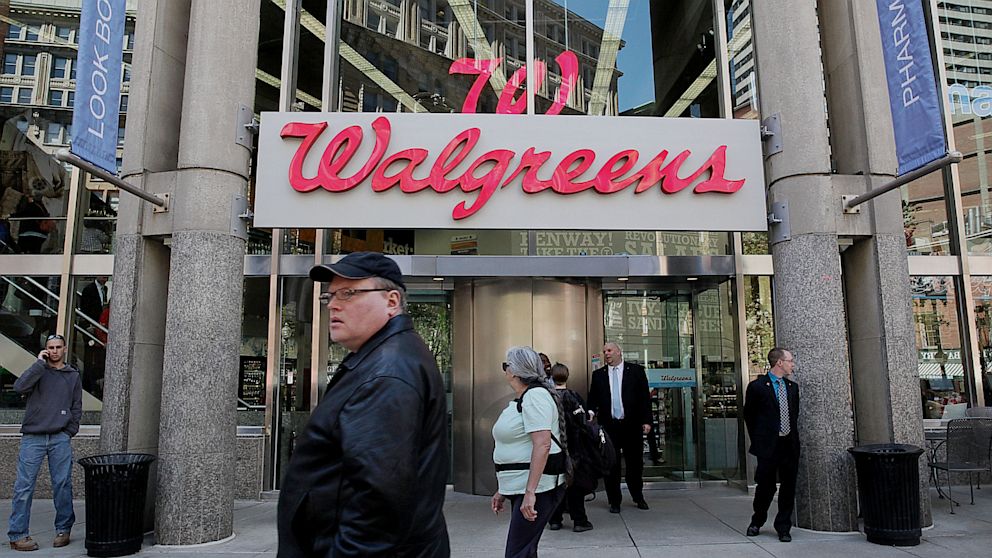Walgreens Moves Employees to Private Health Exchange
Large employers like Walgreens are shifting healthcare options for workers.

Sept. 18, 2013 — -- More than 160,000 Walgreen employees will get employer-sponsored health insurance coverage next year through a private health exchange that will enroll a total of 600,000 employees and their families from U.S. corporations.
Walgreens announced it's providing eligible employees through a marketplace that is an "outsourced solution" through Aon Hewitt Corporate Health Exchange. The drug store chain said it's providing more health coverage choices and "an opportunity for most employees to lower their out-of-pocket health care costs."
Coinciding with Walgreen's announcement on Wednesday, Aon Hewitt announced 17 other large employers will offer health benefits through its health exchange in 2014, including participants from this year Sears Holdings and Darden Restaurants.
Aon Hewitt now has five times the number of employers that participated in its exchange in 2013.
Read More: What You Should Know About Obamacare
Walgreens and Aon Hewitt's announcements represent a shift in employer sponsored healthcare as large employers are not eligible to participate in state and federal health exchanges that start next month as part of the Affordable Care Act.
Aon Hewitt anticipates more than 600,000 U.S. employees and their families will be covered under plans in the Aon Hewitt Corporate Health Exchange in 2014.
Walgreens calls itself the nation's largest drugstore chain with 2012 sales of $72 billion and 8,117 stores across the U.S.
"Under this new program, employees will have expanded choices to personalize their health care coverage in a competitive environment, giving our diverse workforce the flexibility they need to meet their health care needs," said Kathleen Wilson-Thompson, Walgreens senior vice president and chief human resources officer, in a statement. "We will continue to invest in the health of our employees and their dependents while using a marketplace solution that offers a wide variety of plan options that meet the affordability standard of the Patient Protection and Affordable Care Act."
Read More: How to Budget and Prepare for Obamacare's Health Insurance Marketplace
Aon Hewitt, based in Lincolnshire, Ill., explains that exchange users, like Walgreens employees, are given a fixed subsidy or "credit" to select a group insurance coverage level and insurance network based on their needs.
Ken Sperling, Aon Hewitt's national health exchange strategy leader, explained that employees can choose from five levels of standardized medical plans, four levels of dental care and three levels of vision care. There are four moving pieces between the levels: deductible, coinsurance percentage, out-of-pocket maximum and pharmacy coverage.
Like typical employer-sponsored plans, companies choose their subsidy levels. Sperling declined to comment specifically about Walgreens' subsidy arrangement.
Among 50 large employers representing $6.8 billion of healthcare spending and interested in participating in Aon Hewitt's corporate exchange, their exchange plan rates were on average 1.6 percent less expensive than typical employer sponsored plans.
"There is variation within that," he said. "Some companies will spend more and some companies will spend less."
The biggest change employees will see is not just the choice of coverage levels but choice of insurance company, Sperling said.
Most companies offer one or two plans from one insurance company, he said.




